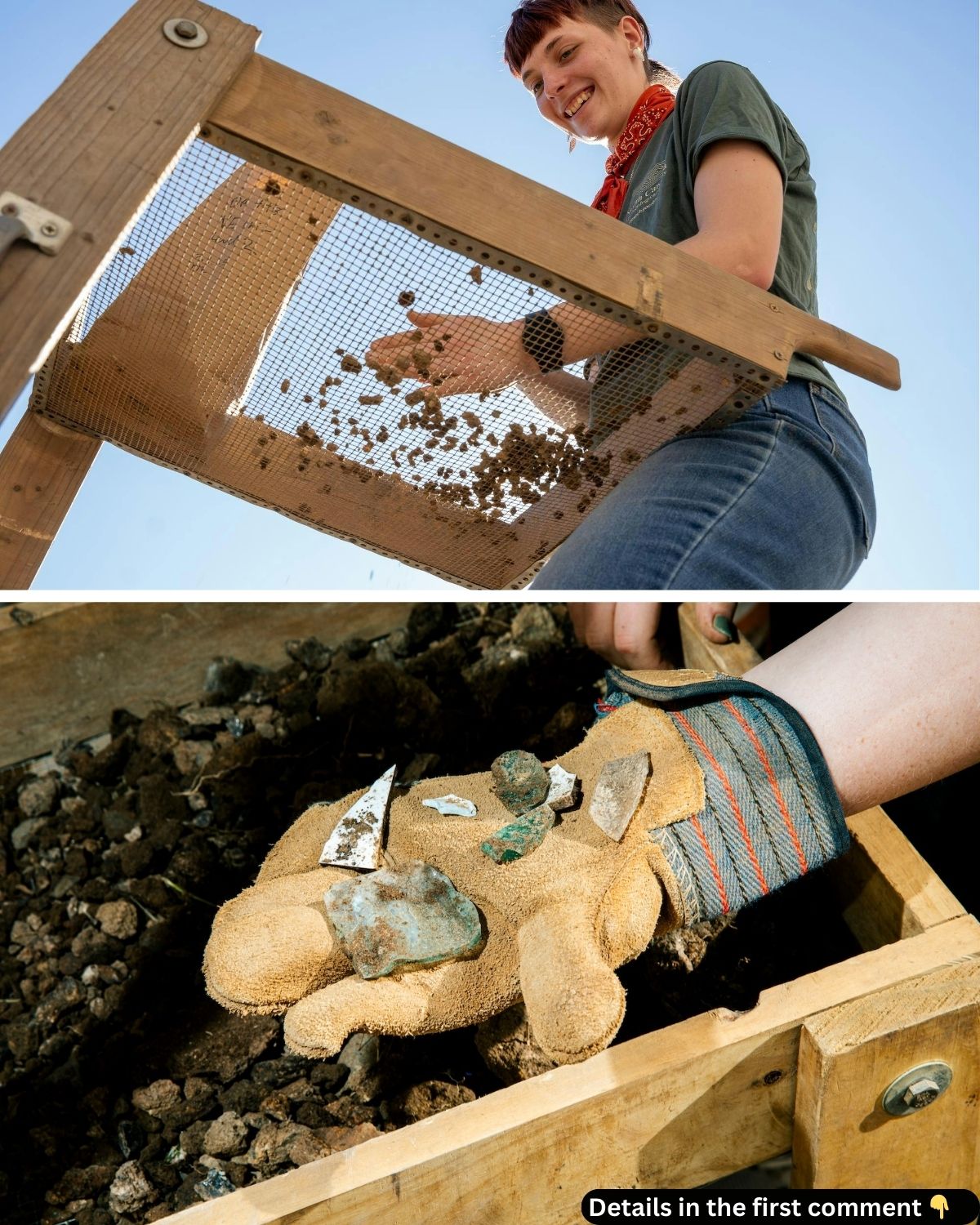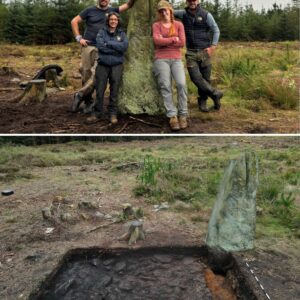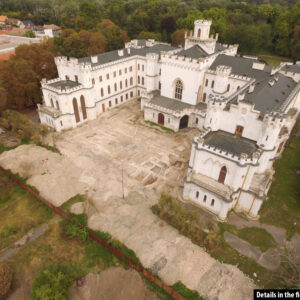Beneath the surface of UNC’s campus lies a hidden world, waiting to be uncovered. Recent archaeological excavations near New East have revealed fascinating remnants of the past, offering a rare glimpse into the early days of the university. As students and professors sift through soil, they are unearthing artifacts that tell the story of those who once walked the same grounds centuries ago. Each discovery adds another layer to the rich history of the campus, sparking curiosity about the lives of those who lived and worked in the area long before it became the university we know today.
The Historical Significance of Steward’s Hall
Steward’s Hall holds a significant place in UNC’s history, having served as the university’s first dining facility when it was constructed in 1794. This early structure was integral to student life for over 20 years before being repurposed in 1816 as a boarding house and eventually dismantled in 1847. Despite its critical role, much of Steward’s Hall has faded from memory, leaving behind only a few traces, including the site where New East now stands. The recent excavation has brought attention to this forgotten piece of UNC’s early infrastructure, and, in the process, researchers are piecing together what daily life at the university was like more than two centuries ago.
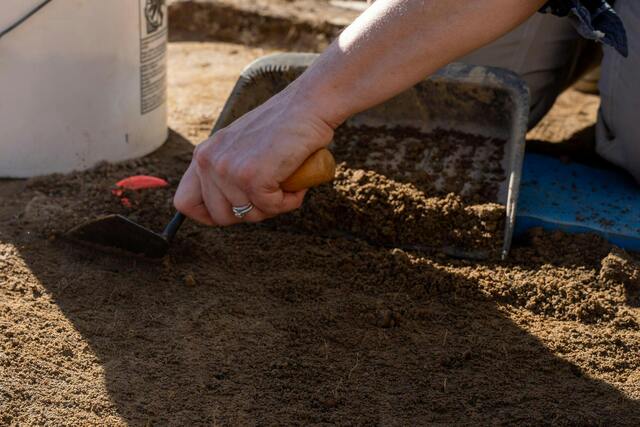
The excavation site, located just outside New East, is one of the most historically significant regions of UNC’s campus. Previous archaeological investigations have uncovered an abandoned well and a layer of artifact-laden clay, further confirming the site’s importance. Now, with the excavation underway, the findings from this dig could provide crucial insights into the lives of those who helped shape the university in its formative years.
Video
Watch this video to witness the unveiling of the Salt Lake Temple’s time capsule, opened after 128 years, revealing fascinating historical items.
Uncovering the Artifacts
As soon as the excavation began, the team was met with an array of fascinating artifacts. Among the most notable finds were pottery shards, window glass, animal bones, and metal pieces. These remnants are believed to be discarded materials from Steward’s Hall’s kitchen, offering clues about the types of food served and the everyday items used by the building’s occupants.
A particularly interesting discovery was a bag of pig bones, including a tusk, which provided evidence of the dietary habits of the time. Historical accounts of Steward’s Hall describe the food as being less than appetizing, with students frequently complaining about “invariable service of mutton and bacon too fat to be eaten.” These bones may very well tell the story of those unappetizing meals, offering a tangible connection to the past.
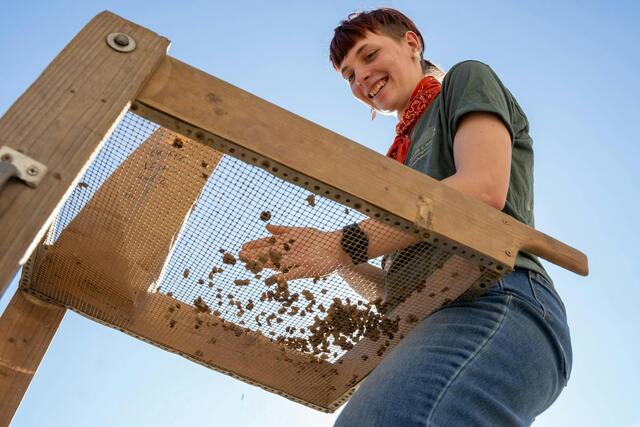
As the excavation continues, more artifacts are being uncovered, each piece adding another layer to the history of Steward’s Hall. These findings not only provide insights into the material culture of the 18th and 19th centuries but also offer clues about the social and economic dynamics of the time.
Collaboration with Students and Volunteers
What makes this excavation particularly special is the involvement of students and volunteers from the UNC Archaeology department. The opportunity to participate in such a significant dig allows students to gain valuable hands-on experience in archaeology, learning how to sift through soil and examine artifacts in real time.

Dr. Mary Elizabeth Fitts, a research archaeologist at UNC, emphasizes the importance of this experience. “Archaeology is a great way for the university community to learn about the day-to-day lives of people who weren’t written about,” she said. This excavation offers students a chance to explore the lives of the stewards, their families, and possibly even enslaved individuals who worked on the site—people whose stories might otherwise have remained untold.
Volunteers, such as Snow Liu, a communications major, have been eager to contribute to the dig, helping to categorize and clean the artifacts as they are uncovered. Liu, like many others, sees this opportunity as a chance to sharpen his archaeological skills while also connecting with the university’s rich history.

Archaeological Techniques: Sifting and Preservation
The excavation process involves careful and methodical techniques to ensure that all finds are preserved for future study. After the soil is carefully dug, it is sifted to recover small artifacts that might otherwise be overlooked. These items are then washed, categorized, and stored for further analysis.
Dr. Fitts explains, “We’re very easily careful digging where we did because we know we’re keeping a permanent record.” The importance of this meticulous documentation cannot be overstated, as each artifact contributes to the larger story of UNC’s early history. The process ensures that the findings are preserved and made accessible for future generations, whether through exhibits, research, or public outreach.
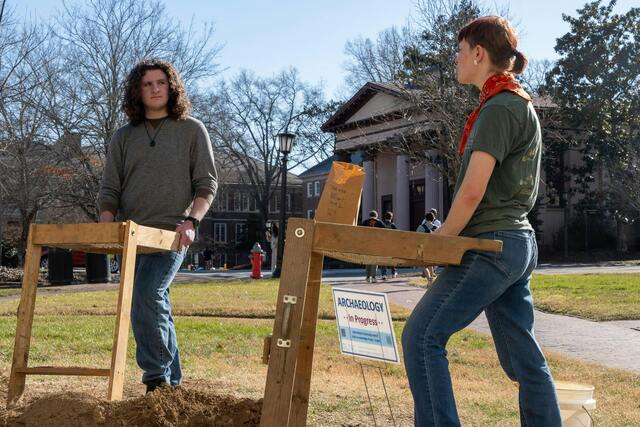
Broader Contributions to UNC’s Archaeological Legacy
This excavation is part of a long-standing tradition of archaeological work at UNC. Over the past decade, archaeologists have uncovered artifacts at several other historically significant sites on campus, including McCorkle Place and the site of the old Eagle Hotel. These digs have revealed insights into the university’s development and the lives of those who lived on the land long before the modern campus took shape.
The findings from the New East site will add to the growing body of knowledge about UNC’s past. They provide a glimpse into the lives of the university’s first residents, shedding light on their daily routines, diets, and social interactions. By studying these artifacts, archaeologists are able to reconstruct the past and offer a more complete picture of the history that shaped the university we know today.

The Role of Archaeology in Uncovering Everyday Lives
One of the most powerful aspects of archaeology is its ability to reveal the stories of ordinary people who may not have left written records behind. In the case of the New East excavation, the artifacts found at the site are helping to uncover the lives of individuals who were often overlooked in historical accounts. These artifacts offer a window into their everyday lives, providing clues about the tools they used, the food they ate, and the social structures they lived under.
As Dr. Ben Arbuckle, associate chair of anthropology at UNC, puts it, “Archaeology finds the remains revealing the lives of regular people, not just elites, telling their real stories.” This aspect of archaeology is crucial for understanding the broader social history of any culture, as it allows us to connect with the people who lived in a particular time and place, even if they were not documented in the historical records.
Exhibition and Public Engagement
Once the excavation is complete, the discovered artifacts will be displayed at the Ancient North Carolinians virtual museum, a digital space dedicated to preserving and sharing the university’s archaeological findings. The museum is part of the broader Hidden Campus exhibit, which aims to uncover and highlight the hidden history of UNC’s campus.
These exhibits allow the public to engage with the artifacts and learn more about the university’s past. For many visitors, seeing these artifacts will provide a deeper connection to the history of the place and the people who lived here. As the excavation progresses, more discoveries will be added to the collection, giving the public an even greater understanding of the history of Steward’s Hall and the people who once lived and worked there.
Video
Check out this video to experience the thrilling moment of finding a treasure chest full of gold and jewels, all uncovered through treasure hunting with a metal detector.
Conclusion: The Ongoing Journey of Discovery
The excavation at New East Hall is a fascinating reminder of the rich and layered history beneath our feet. As each artifact is uncovered, the past comes to life, offering us a window into the daily lives of those who lived in the early years of UNC. Through careful excavation, documentation, and analysis, we are able to piece together the story of Steward’s Hall and the people who shaped the university’s early history.
Archaeology is not just about finding artifacts; it’s about understanding the lives of the people who created them. As this excavation continues, it will undoubtedly reveal more pieces of the puzzle, offering new insights into the past and deepening our understanding of the history that has shaped UNC into the institution it is today.
